
Bushy Park's own 'Masters of the Air'
When you’re taking a walk through Bushy Park, with its tree avenues, idyllic gardens and abundance of wildlife, it can be hard to imagine that the park has a fascinating military past. But if you catch a new TV series starting this month, you might learn something new about one of London’s less known Royal Park. Find out more about the significant role of Bushy Park during World War Two.
The background
Friday 26 January 2024 sees the release of another Second World War mini-series collaboration between Hollywood big hitters Steven Spielberg and Tom Hanks - Masters of the Air. This much-anticipated war drama follows in the footsteps of two popular series Band of Brothers and The Pacific.
The story follows United States Army Air Forces (USAAF) airmen from the 100th Bomb Group as they risk their lives and feel the emotions of courage, loss and triumph in their task to help liberate Europe from the Nazi grip during the latter half of the Second World War.
This 100th Bomb Group was part of the United States Eighth Army Air Force, whose European Headquarters were based inside Bushy Park from July 1942 to December 1944.
It's yet to be seen if Bushy Park – or, more likely, Camp Griffiss – gains a mention during the show, but we know for sure that the park played a vital role in this dramatic period of history.
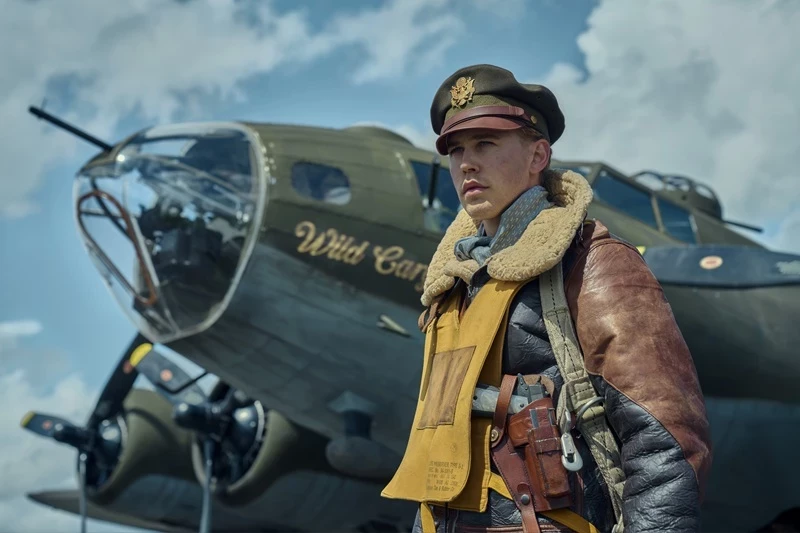
Camp Griffiss: Bushy Park in World War Two
The military camp based inside Bushy Park from 1942-1945 was named Camp Griffiss after Lieutenant Colonel Townsend Griffiss, the first United States airman to die in the line of duty in Europe during the conflict. The camp carried the codename of Widewing with accommodation huts placed along Chestnut Avenue, while later in the war a small airstrip was located not far from where the playground is today.
Thousands of service personnel working on air operations were based in Camp Griffiss for more than two years. The vital work carried out within Bushy Park was pivotal in providing information for the aircrews based across a hundred airfields across eastern England – many of whom will be portrayed in the Masters of the Air series.
The US aircrew based inside the camp were well remembered by locals in the area surrounding Bushy Park, many of whom documented their fascinating memories of living next to a military camp during the war - recollections such as hosting officers within their own homes, or the plentiful supply of US goods that were available in a country still gripped by rationing, and even marriages.
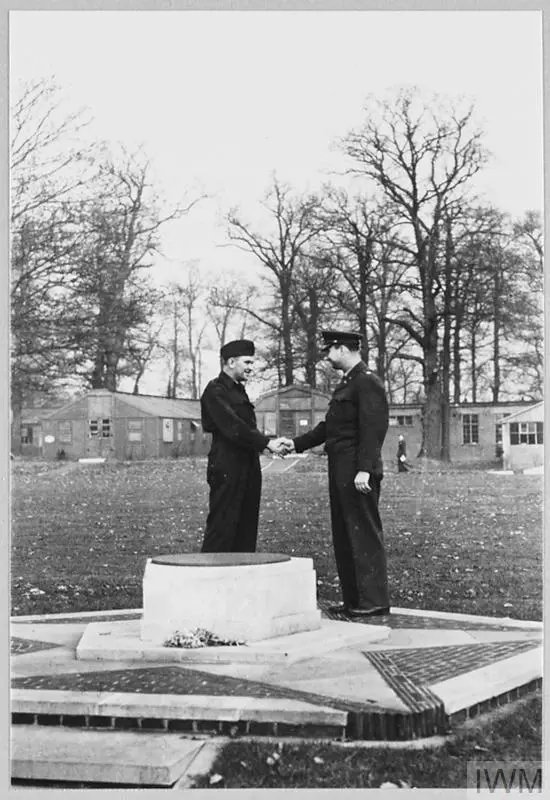
How we remember
Today, you can still see some small signs of Camp Griffiss within Bushy Park – with some telephone cables just about visible among trees and the corners of the camp buildings marked by metal plaques laid into the ground. The most prominent feature to spot is a USAAF Memorial Plaque, which was placed here just before the camp was handed over to the British following the end of the war. You can find the plaque east of Teddington Gate and opposite SHAEF Gate. It is inscribed with the words:
‘It is through fraternity that liberty is saved.’
Later this year, we will be marking the 80th anniversary of the D-Day landings, which took place on 6 June 1944. Check back in summer to find out more about the crucial role Bushy Park played in this fascinating part of Second World War history.

-
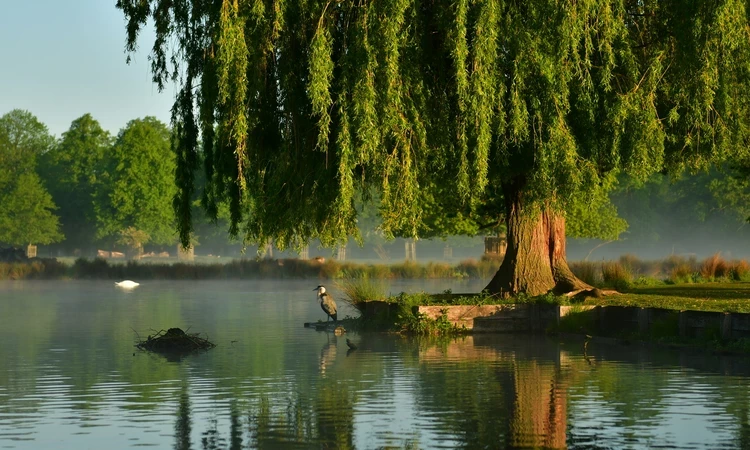
Bushy Park
Welcome to Bushy Park, the second largest of London’s eight Royal Parks at over 1000 acres, home to wild deer and located north of Hampton Court Palace.
-

Joe Louis at Bushy Park
Joe Louis is remembered as one of the first black sportsmen to transcend the colour barrier, and in WW2 he made a special appearance at Bushy Park.
Related Articles
-
 Read
ReadJoe Louis at Bushy Park
Joe Louis is remembered as one of the first black sportsmen to transcend the colour barrier, and in WW2 he made a special appearance at Bushy Park.
-
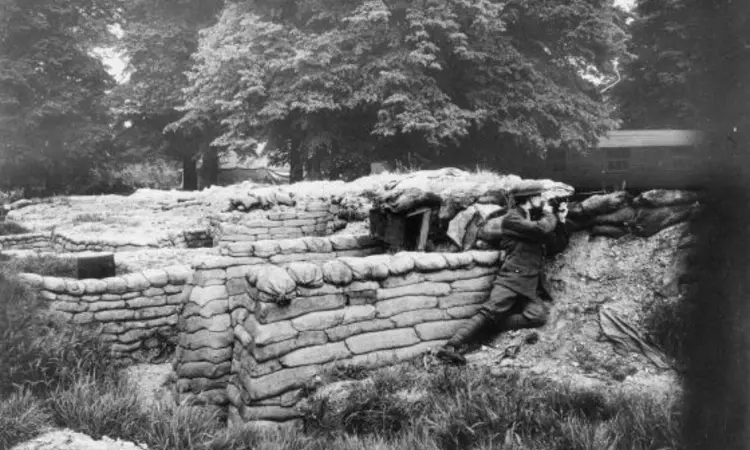 Listen
ListenHidden Stories of The Royal Parks: Parks at War
In this episode David Ivison, historical researcher for The Royal Parks Guild, explains how the Royal Parks were used during the two world wars.
-
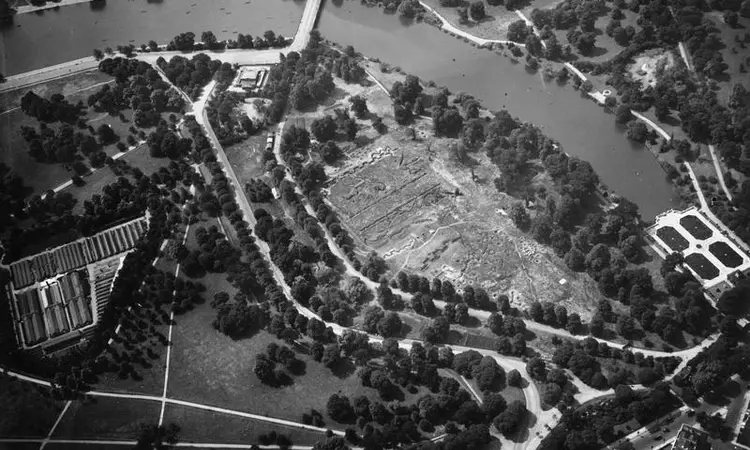 Read
ReadThe Camouflage School at Kensington Gardens
Following the start of the First World War, a school was founded in Kensington Gardens to develop camouflage techniques and patterns.